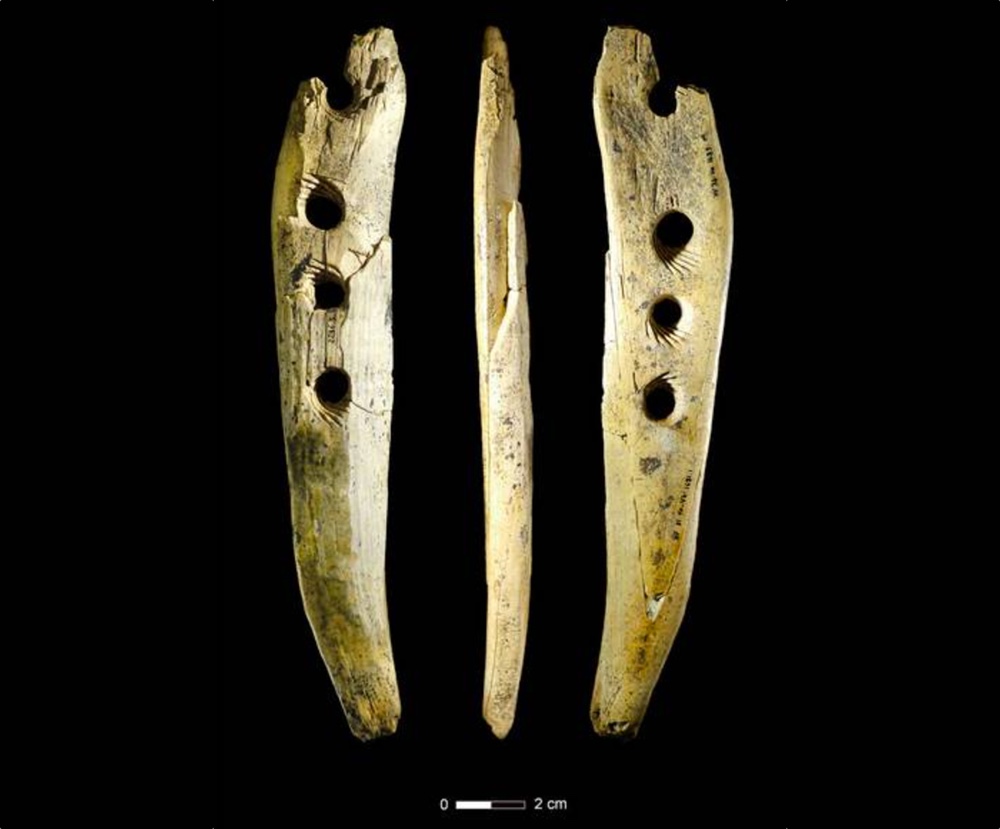A groundbreaking study conducted by historians at the University of Tübingen has shed new light on ancient artifacts discovered in a German cave. Initially thought to be purely decorative, these ivory pieces, estimated to be around 37,000 years old, are now believed to have served a practical function: aiding in the production of rope.
The study, published in the journal Science Advances, was led by researchers Nicholas Conard and Veerle Rots. Their investigation focused on several pieces of ivory found in Germany’s Hohle Fels cave in 2015, all of which displayed evidence of craftsmanship. Previous dating efforts indicated that these artifacts were likely crafted by modern humans from mammoth tusks, with the prevailing assumption being that they were artistic in nature.
However, Conard and Rots approached the artifacts with a fresh perspective. They honed in on one particular ivory piece, resembling a baton, which stood out due to its unique features. Measuring approximately 21 cm in length and featuring four holes carved through its flattest part, this baton sparked the researchers’ curiosity.
Upon closer examination, Conard and Rots observed wear along the edges of the holes, as well as grooves suggesting repetitive use. Additionally, residue found on the hole walls hinted at the presence of plant material. This evidence led the researchers to hypothesize that the baton had been employed in the production of rope, rather than being purely ornamental.
To put their theory to the test, Conard and Rots created a replica of the baton and conducted experiments using various plant materials commonly available during the time period. Their findings were compelling: the baton proved to be highly effective in facilitating the twisting process necessary for rope-making.
This revelation offers a fascinating glimpse into the resourcefulness of early humans, demonstrating their ability to repurpose objects for practical tasks. It also enhances our understanding of ancient craftsmanship and daily life during that era, highlighting the sophisticated skills and techniques employed by our ancestors.















































